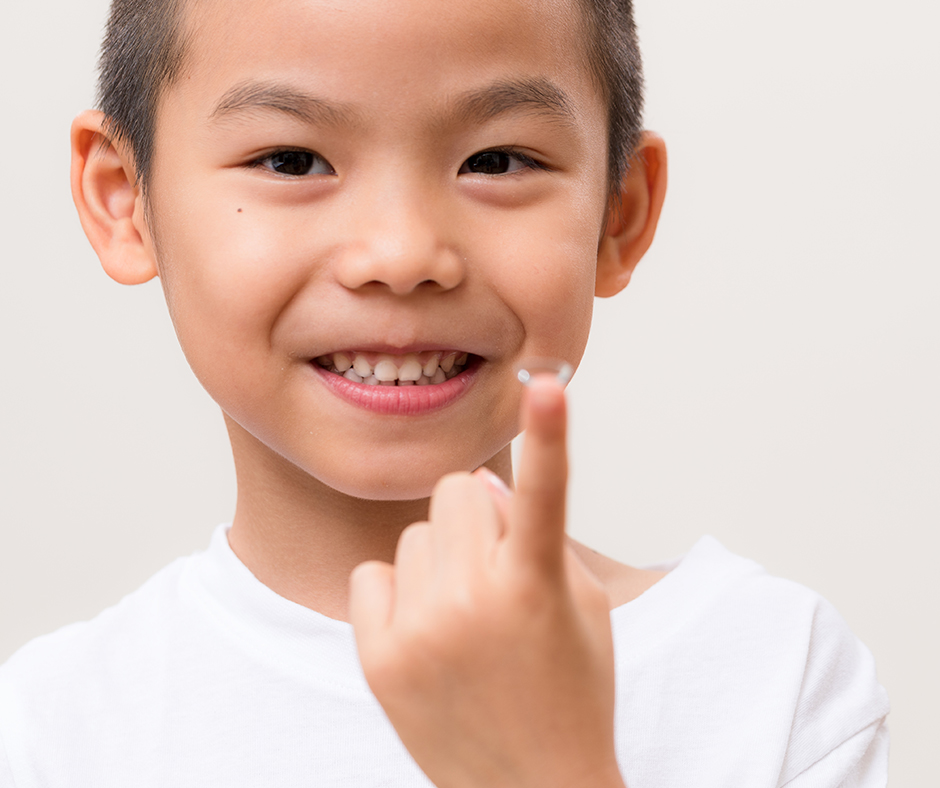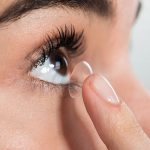
Research has found that contact lenses can be used safely on babies, and there is really no minimum age for this minimally invasive method of visual aid. For cases such as aphakia, ocular trauma and amblyopia, and even knowledge regarding ocular history of the parents, contact lenses may be a superior option for visual problems. As safe as they are, there are of course certain suitability requirements, particularly when considering normal and special (e.g. Ortho-K) contact lenses for young children.
Suitability

The most important item in the checklist is that both child and parents understand and carefully follow the practitioner’s instructions. If the practitioner foresees difficulties in doing so, he will advise against using lenses. Improper use will not only fail to control myopia progression, but poor hygiene can result in infections. Additionally, if the child is simply too immature and not motivated to do what is required, unnecessary stress and trauma will result.
The bottom line is: Non-Compliance means NO LENSES
The following briefly points out the science and reasons behind a practitioner’s recommendation for lenses for a young child.
Advantages of Contact Lenses:
- There are certain therapeutic advantages, especially in aphakia and other high refractive errors, anisometropia, strabismus, corneal irregularity, and corneal scarring.
- Superior vision quality.
- Contact lenses minimise psychological problems.
- For a variety of reasons, children may not want to wear glasses and thus remove them whenever not under supervision.
- Contact lenses are not easily detected by their peers and the child does not feel self-conscious or conspicuous.
- Due to the characteristics of lenses, a child is more likely to wear them all day (cannot be removed as easily and frequently as glasses). This ensures maintenance of good quality vision and prevents eye strain from exacerbating myopia.
- A significant advantage for children is the control of myopia progression with Ortho-K lenses.
Disadvantages of Contact Lenses:
- The disadvantages of contact lenses depend very much on the child’s attitude and the ability of parents and caregivers to ensure instructions are followed. In that sense, they are ‘riskier’.
- In the sense of lenses versus glasses, improper care, hygiene, or careless attitudes towards contact lens cleaning may yield eye infections. If this is a cause for concern, one option available is to use daily lenses. However, this will cost more.
- If a child fails to remove their contact lenses before bed, this results in drying of the eyeball at night. The lens then becomes temporarily ‘stuck’ or may even lead to a corneal abrasion.
If the family is considering contact lenses for the child, this basic sequence of events should be undertaken.

Following the fitting and receiving the prescribed lenses, there should be aftercare appointments scheduled every 3 months.







